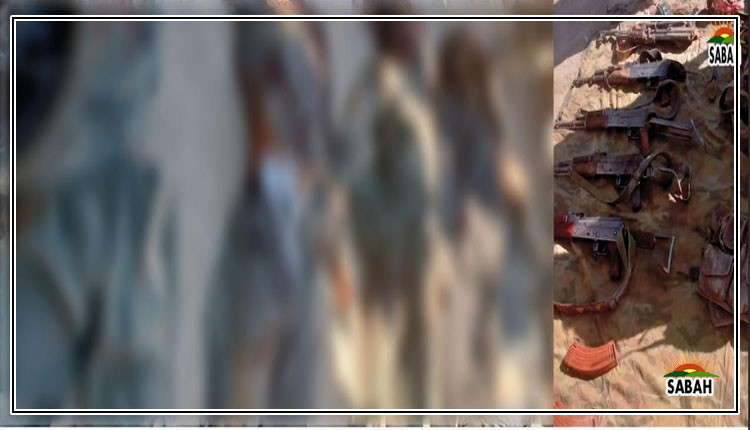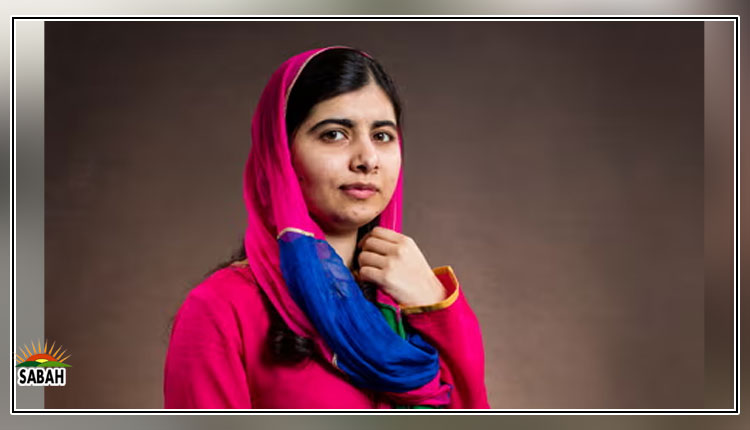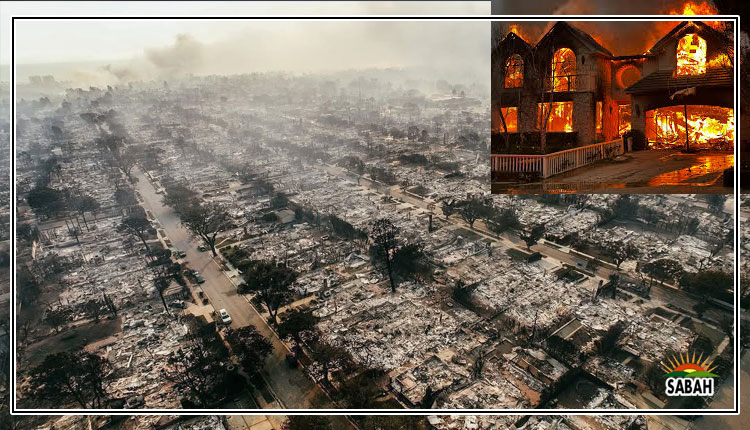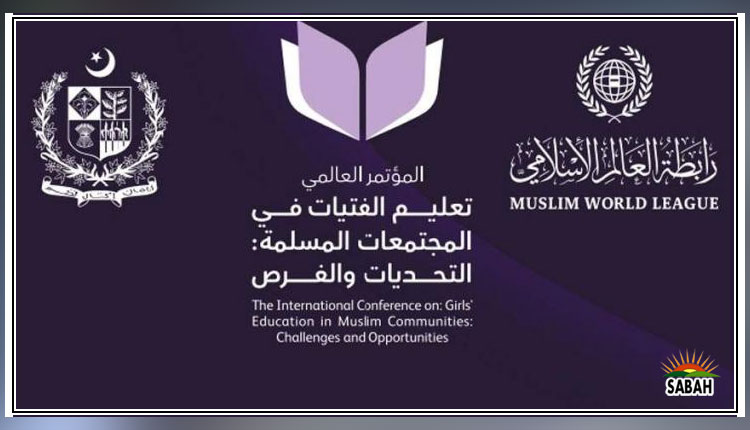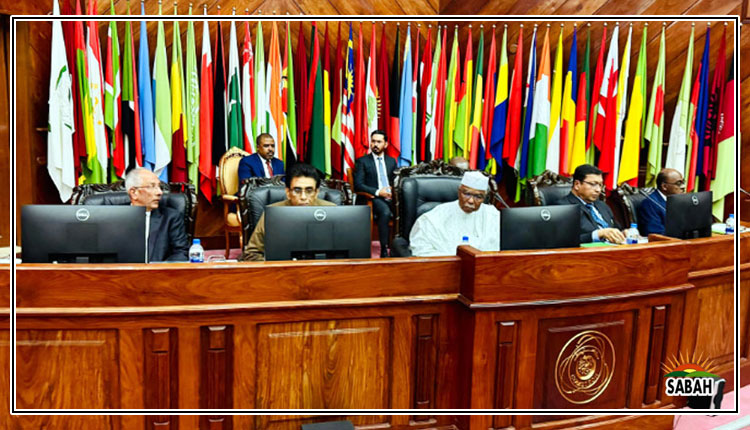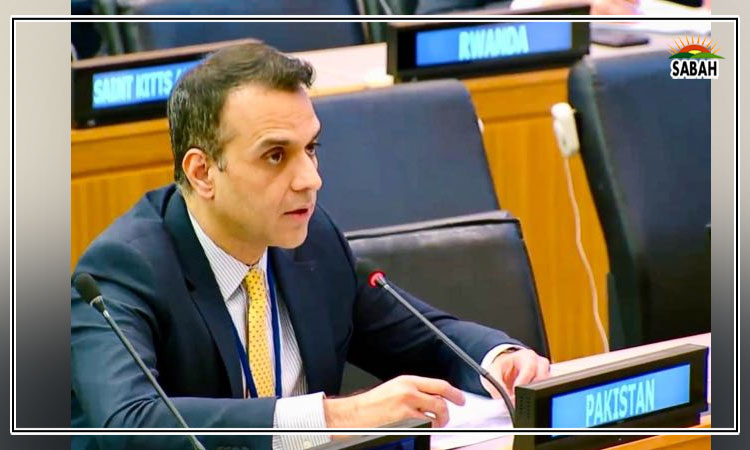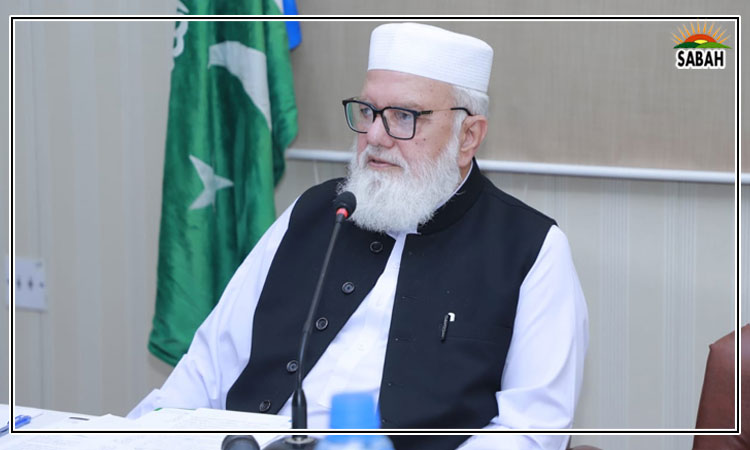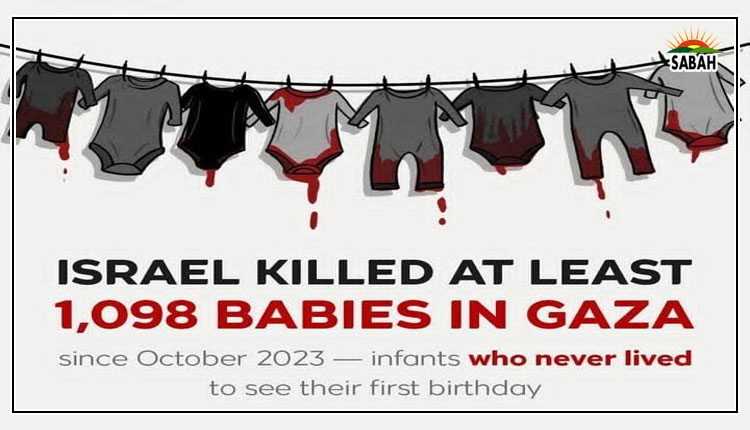The PTI in Islamabad…Arifa Noor
ON Sunday, the PTI was able to hold a jalsa in Islamabad. More than a year after its troubles began on May 9, 2023, and the party contested an election without any public campaigning and gatherings, it held a public show outside KP. They had held a power show in Swabi after forming the government but then, holding a jalsa in a province the party rules is hardly news.
This gathering, too, was a long time coming. Postponements, permissions (or the lack thereof), and many nail-biting will they, wont they moments the drama continued for some time. Even after the date and the venue, which was far from the city, were finalised, doubts remained: the city was turned into containeristan and last-minute lawmaking gave the local administration extraordinary powers to deal with all future public gatherings in the capital.
Once the jalsa began, the police watched the timings as hawkishly as the administration in Lahore monitors weddings in big hotels the lights-out deadline is a hard stop. By 7.30pm, half an hour after the jalsa was supposed to end, the channels were reporting that policemen had been injured by participants stone-throwing and had been forced to resort to shelling. The breathless coverage made it seem as if a stand-off had begun over the party not ending on time.
But this breaking news was soon forgotten while social media kept reporting on a jalsa that continued late into the night. In this age of #fakenews, it was hard to tell what was going on. However, the jalsa is perhaps just another indication of the stalemate in politics in this country. Those who think it indicates some major change might be celebrating or worrying prematurely.
The partys popularity forces a resentful acceptance of its existence.
Consider those in power first. The government was clearly under pressure; or someone was keen to show that the government was under pressure. There were press conferences, statements and sound bites the entire day; even an exclusive video of a cabinet minister was broadcast on news channels just as the footage of the shelling was doing the rounds. That the channels needed more breaking news on Imran Khans links to Israel at the same time as the jalsas school timings had ended is a question which required far more energy than I can spare on a Sunday.
The coverage was equally mind-boggling. Apparently, the blockages in the capital and images of PTI supporters making their way to the jalsa were kosher but not of the venue itself. None of the speeches made their way to the screens either.
Perhaps one can venture so far as to say that the restrictions on the gathering as well as its coverage show the acceptance of the party with the establishment continues to be limited it cannot be wished away or forcibly removed. On the contrary, its popularity forces a resentful acceptance of its existence. This is as true of the government in KP as it is of the jalsa. And because of this, concessions will have to be made to it occasionally.
This is a tightrope for the establishment to walk, especially in Punjab where there are reports of arrests and raids on those associated with the PTI. These are done to keep fear and control in place; easing these may lead to an unwanted reaction. However, keeping up the pressure on the party also means resentment against the establishment will not ease. This is a dilemma they dont seem to have found an answer to.
However, this is a factor which might weigh heavily on some, especially because of events in the region in recent days and years.
The PTI itself faces equally difficult challenges. Imran Khan continues to be imprisoned with few chances of a quick release. The leadership on the outside is trying to balance his harsh and aggressive stand along with their own desires of a more normal life. And then there is the pressure from the workers and voters, who want not just an end to this stand-off but also the release of Khan. This heat from below has to be managed even though some of the leaders would perhaps prefer to build a better relationship with the establishment and settle down to a boring parliamentary existence. Some of this was also evident from the speech of Mahmood Achakzai, who criticised the partys leadership.
What are the chances this jalsa was a compromise reached by both sides to manage all these challenges? And that some of the Neanderthal-type speeches were also just a spectacle? Indeed, the rhetoric was harsh because the actions were so tame.
The government too is struggling with its own challenges. The economy is just one part of it; there are enough experts writing and speaking about it and what it is costing the PML-N, especially, in terms of popular support.
The political sacrifices are no less, so to speak. The perception that the ruling party is simply a puppet in the hands of the establishment has now become the assumption on the basis of which all analyses is now done. The legislation in parliament, the appointments of officers to civilian posts, and the constant bemoaning of May 9 are now seen in this context.
That the party is also worried is obvious from the recent statement attributed to Nawaz Sharif who spoke of all parties and others joining hands to address the challenges and crises facing the country. This was followed by statements from senior party members known for being close to the senior Sharif indicating that the PML-N itself is now dependent on support other than the people and that even the partys quaid has become secondary.
The jalsa on Sunday has simply accentuated the stalemate the country faces. It is hard to sense any change in the direction of the winds; in fact, all one can sense is the stillness.
The writer is a journalist.
Published in Dawn, September 10th, 2024
Courtesy Dawn


